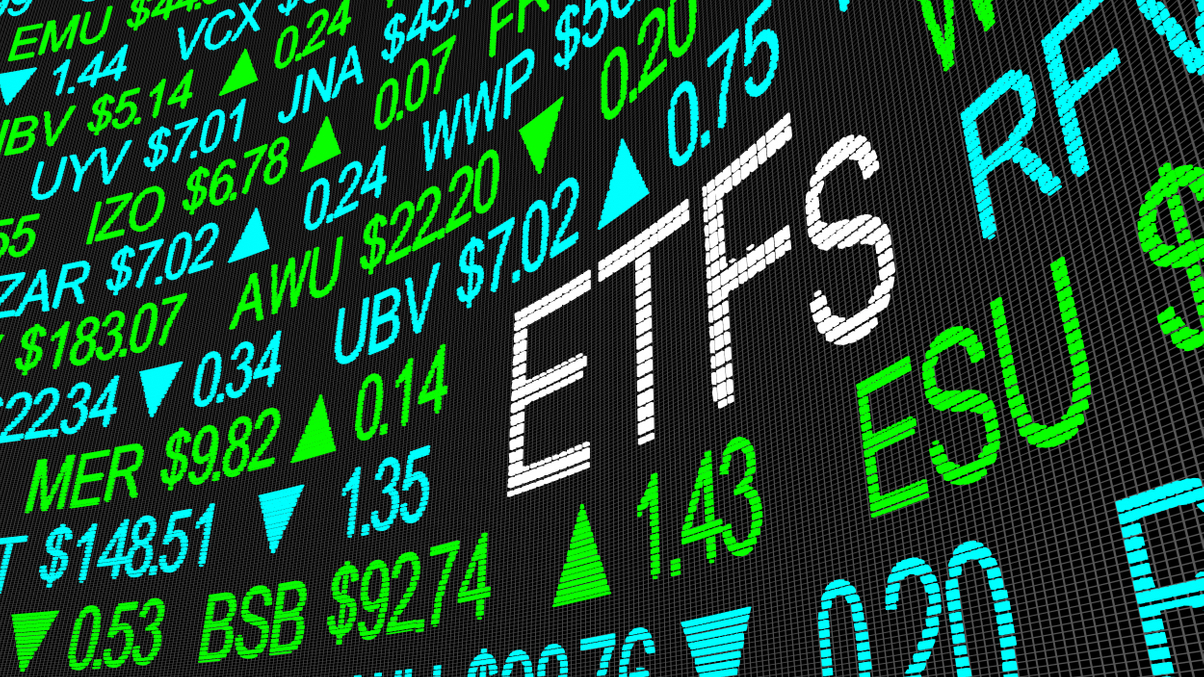Why Taiwan’s asset owners are eager for more ETFs
Insurers in Taiwan are leading a rising level of interest in ETFs among north Asian countries, seeing the vehicles as convenient for targeting higher yields and hedging purposes.

Insurance companies and public pension funds in Taiwan are leading an increasing embrace of local exchange-traded fund (ETF) markets, as they seek to achieve higher yields and liquidity at lower cost.
Sign in to read on!
Registered users get 2 free articles in 30 days.
Subscribers have full unlimited access to AsianInvestor
Not signed up? New users get 2 free articles per month, plus a 7-day unlimited free trial.
¬ Haymarket Media Limited. All rights reserved.


